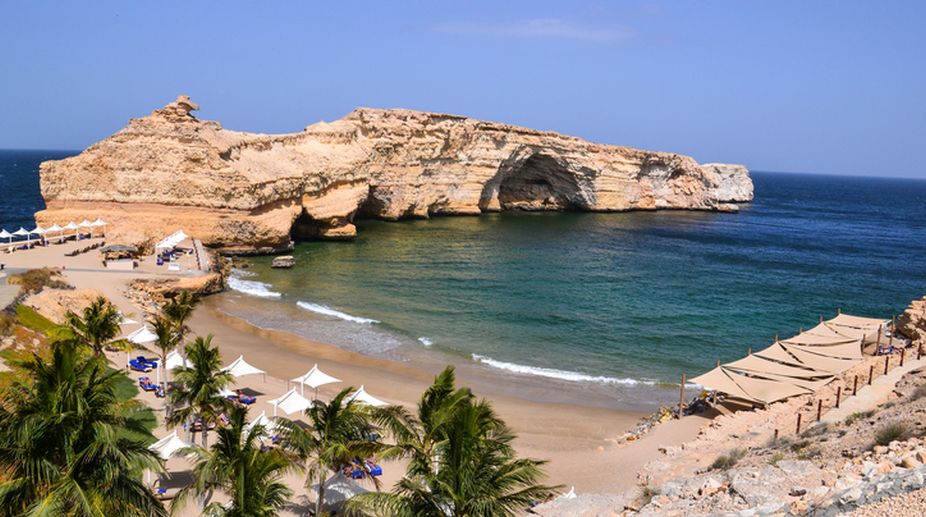A sacred island in south-west Japan that bans women and where male visitors must strip naked before going ashore has been declared a Unesco world heritage site, the media reported on Monday.
Okinoshima, located midway between the south-western main island of Kyushu and the Korean peninsula, was once the site of rituals to pray for maritime safety and a centre for relations with China and Korea that stretch back as far as the fourth century, reports the Guardian.
Advertisement
The 700-square-metre island, along with three nearby reefs and four other related sites were given world heritage status at the UN body's annual summit in Krakow, Poland, on Sunday, bringing the number of Japanese cultural and natural sites on the list to 21.
Priests from Munakata Taisha, a group of Shinto shrines, are in principle permitted to travel to worship at the island's 17th century shrine, Okitsu.
In addition, up to 200 men are allowed to visit only once a year, on May 27, to honour sailors who died in a nearby naval battle during the 1904-05 Russo-Japanese war.
Before they go ashore, they must observe centuries-old rituals, including removing their clothes and undergoing misogi – bathing naked in the sea to rid themselves of impurities.
They are prohibited from taking home mementoes, including small objects such twigs, pebbles and blades of grass, the Guardian quoted the island's website as saying.
The reason for the ban on women has never been publicly stated, but one theory – which extends to other aspects of Japanese culture cites the Shinto belief that menstrual blood is impure.











